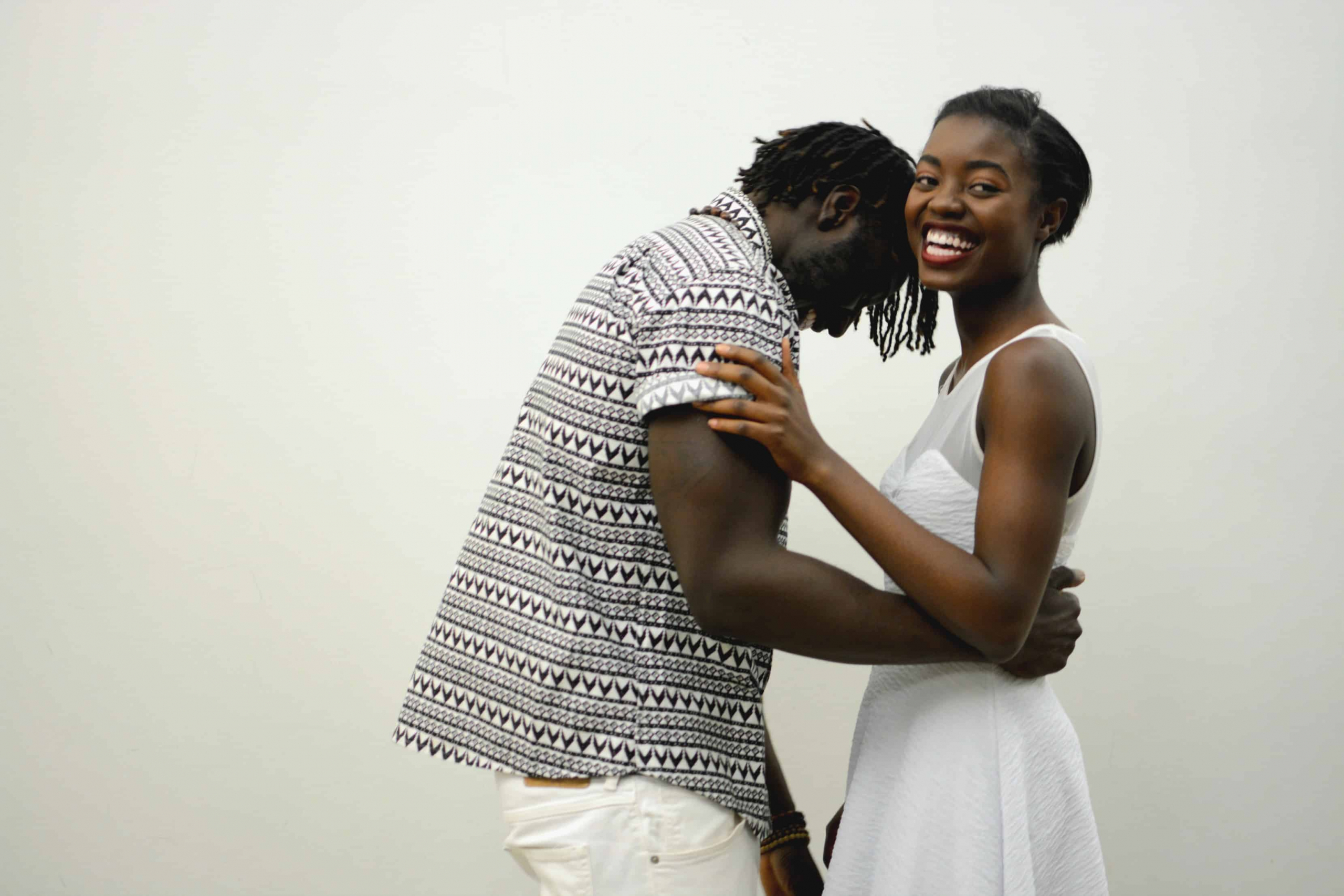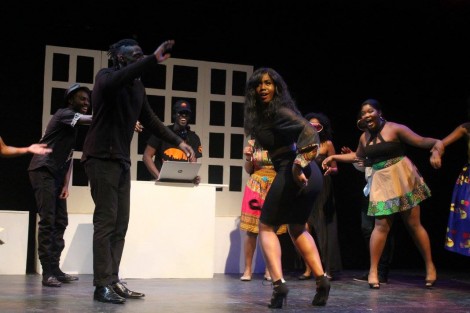[dropcap]V[/dropcap]anessa Jev is no stranger to theatre. From the Lost King to Romeo and Juliet, she has been creating plays for the University of Toronto theatre community that re-interpret classic tales with her own unique twist.
Earlier this year, Jev presented Cind-Ah-Rella in association with African Students Course Union. The modern day, African retelling of Cinderella quickly sold out and garnered great acclaim across the city.
Jev Productions is currently presenting an encore of this smash production. In the midst of all the excitement, Jev sat down with The Varsity to talk about inspiration and student theatre.
The Varsity: What do you do and why?
Vanessa Jev: I write theatre shows! At first, it really started as a necessity. I was auditioning for a lot of plays on campus and there weren’t any roles for black leads or plays that had many black characters. The roles that were available were limited to the sassy church lady or the loud best friend. As a result, I decided to create my own shows and create a space for people of colour to express themselves on campus.
TV: How did your desire for representation and passion for theatre culminate with you writing Cind-Ah-Rella?
VJ: From Romeo and Juliet to the Lost King to this, I believe it is making sure that someone comes to the show and says, “Wow, what an amazing costume. What an amazing set. What an amazing song choice. What an amazing plot.” It is all about looking back at shows and thinking what will make this piece of work impactful to the audience. I think it all comes down to making sure all these points are hit and that nothing comes out flat.
TV: How did you come to write Cind-Ah-Rella?
VJ: Cinderella was a play I wanted to do for a long time. After I had done Romeo and Juliet, everyone asked me what was next step and the automatic response was Cinderella. I wanted to do Cinderella in particular because… it would be something unique.
How many black fairytale characters have you seen in the mainstream? I mean there was Princess Tiana in the Princess and the Frog, but she was a frog for most of the movie. [F]rom my experiences with children’s theatre and from my own experiences as a child, I know how important representation is. With a character that is traditionally portrayed in one way, seeing it in a new way can have a profound effect.
TV: What was the thought process behind the costumes in the play?
VJ: Costumes are always fun. With the play, I wanted to represent what everyday life really is like in an African country. Not all the characters were wearing a dashiki or Ankara outfits, some were wearing regular clothes, like jeans and a t-shirt. This created an authenticity.
However, for Cinderella’s dress I was insistent that it was made with African fabric. Her first dress was a gorgeous, bright yellow dashiki, which I designed with the designer ZNA.K. For the second round, we will be featuring a new dress and featuring various designers. After the show, we will create a look-book of all the amazing pieces.
TV: How do you see this play impacting the U of T community?
VJ: I believe the impact could be big, but there needs to be a variety of people from all backgrounds coming to see the show. When the show first played, some people said they had never gone to a theatre show where everything was so interactive.
The greatest impact is that the play isn’t classical theatre. Through its uniqueness, the play has the ability to break down stereotypes of what a theatre show has to look like and how people of colour are portrayed on stage. It shows that theatre doesn’t have to fit into one culture or experience, but can be for all people.
This interview has been edited for clarity and length.



